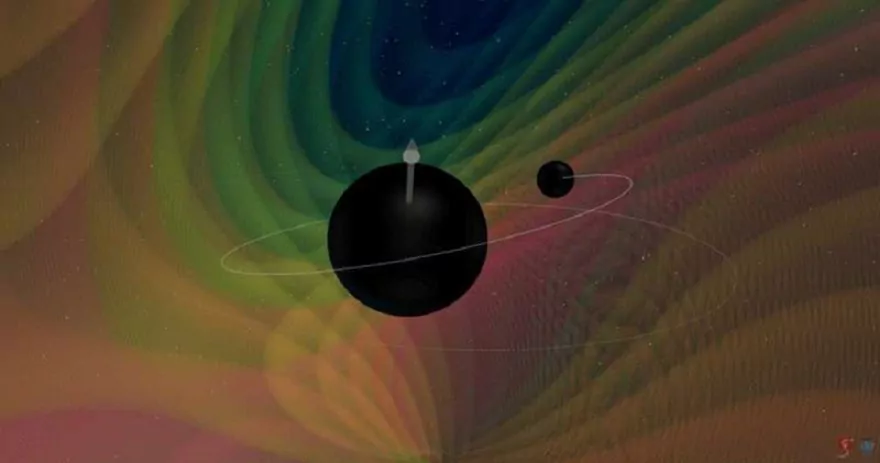A neutrino is an elementary particle that has neither charge nor mass. The whole space around us is saturated with them, but they hardly interact with other matters. Therefore, it is extremely difficult to establish their source.
Scientists have studied the results of observing neutrinos in the IceCube detector. They came to the conclusion that some of these particles should be formed during the collision of stellar-mass black holes. Since supermassive representatives of this class of objects were previously among their sources, physicists first proposed their fusion as the main explanation for the observed pattern.
Scientists have suggested that the source of these particles may also be the interactions of objects of stellar mass.
Stellar-mass black holes do merge much more often than supermassive ones. Therefore, they can be a source of high-energy neutrinos, and no contradictions arise. But, as usual, only further observations will be able to confirm or refute this assumption.
